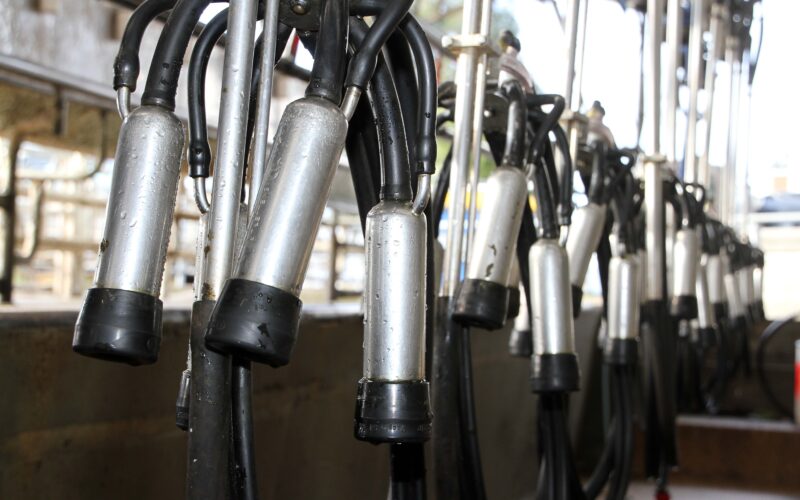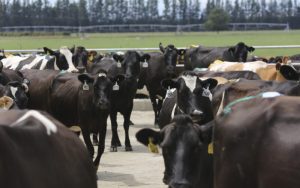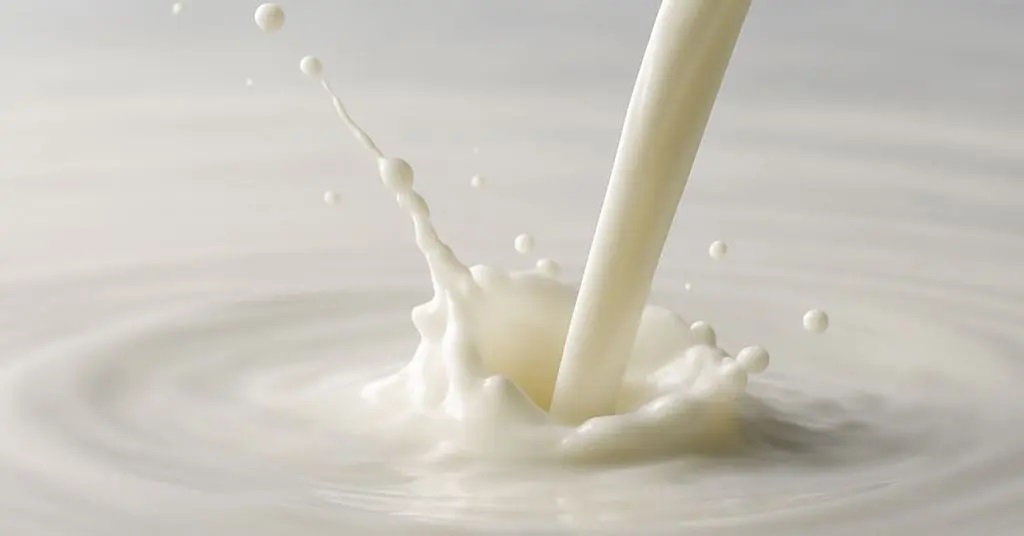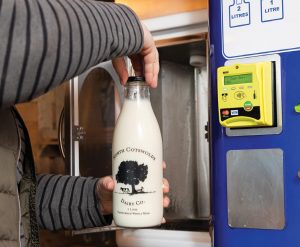
The domestic picture is relatively upbeat, but international supply remains mixed.
By Cristina Alvarado, NZX head of dairy insights.
As April draws to a close and we approach the final month of the 2024/25 dairy season, New Zealand continues to deliver solid year-on-year gains in milk production – even as the natural decline in volumes typical of this time of year begins to take hold.
March production figures surprised on the upside, with a 0.8% increase in milksolids compared to the same month last year. This result, paired with two consecutive positive Global Dairy Trade (GDT) Events, suggests a firm finish to the current season and a strong foundation for the one to come.
According to the latest NZX released data, New Zealand produced 173.99 million kilograms of milksolids in March, marking a 0.8% year-on-year improvement. Season-to-date milksolids are tracking 3.0% higher than the previous year. On a tonnage basis, March saw a 0.6% lift, bringing monthly production to 1.76 million tonnes.
Cumulatively, the season is 2.2% ahead of last year in volume terms. However, this figure still sits -1.9% below the five-year average for March, highlighting just how much recent years have been impacted by changing climate conditions and shifting farm dynamics.
NZX’s milk production predictor currently anticipates a year-on-year decline of -2.2% for April and -3.1% for May, largely due to many North Island herds drying off earlier than usual. Should those estimates hold, the 2024/25 season will close with an overall 2.2% increase in total milk production.
While the domestic picture is relatively upbeat, international supply remains mixed. At the time of writing, updated March milk production figures for the United States, Australia and Uruguay had not yet been released, leaving the most recent data from February. That month saw a -2.5% year-on-year decline in U.S. production and a -4.8% drop in Australia, both suggesting ongoing challenges in those markets. Uruguay posted a modest 1.6% increase. February figures are not adjusted for the leap year.
Europe has only just released January data, with a small year-on-year fall of -0.3%. However, regional issues such as continued foot and mouth disease outbreaks in Hungary point to a potentially weaker trend in the months ahead. On the other side of the globe, Argentina continues to buck the trend, reporting a significant 15.9% increase in March production – totalling over 816 million litres – even as the country moves through the lower end of its seasonal curve.
Meanwhile, China reported a combined -6.3% drop in milk production for January and February, underscoring how tightness in global supply may persist for some time.
New Zealand also recorded notable gains in the GDT auctions held during April. Event 377 saw the index lift by 1.1%, reaching an average price of US$4,250 per tonne. Price increases for skim milk powder (SMP, 5.9%), anhydrous milk fat (AMF, 2.3%), and cheddar (1.7%) were the main contributors, offsetting minor declines elsewhere, while whole milk powder (WMP) held nearly flat at -0.1%. The event was characterised by strong demand from North Asia and southeast Asia/Oceania, with European participation remaining steady. A 10% reduction in product volume on offer, due to seasonal constraints, further supported pricing.
The momentum carried through to Event 378, where the index rose a further 1.6% to settle at an average of US$4385 per tonne. This time, price growth was led by WMP (2.8%), butter (1.5%) and AMF (2.1%), with only SMP and cheddar easing back slightly.
North Asia dominated buying activity, securing 35% of the total volume, followed by Europe and southeast Asia/Oceania. The tightening in global milk supply, along with ongoing trade tensions and supply chain disruptions, appears to be fuelling consistent demand for New Zealand dairy, particularly as other export regions face constraints.
At the time of writing, New Zealand’s latest trade data for March is still pending, but based on current trends and robust GDT results, further year-on-year growth in dairy exports seems likely. Product remains in tight supply globally, and New Zealand is well-positioned to meet this demand in the near term.
Overall, this season has offered New Zealand dairy farmers a window of opportunity – favourable prices, stronger-than-expected production, and resilient global demand.
But with trade risks, geopolitical tensions, and climatic unpredictability still very much in play, the road ahead will require continued adaptability. Making the most of this strong season to invest in resilience and prepare for the inevitable swings in fortune will be key. The global dairy landscape remains as dynamic as ever, and farmers who stay agile will be best placed to weather whatever comes next.
You can now read the most important #news on #eDairyNews #Whatsapp channels!!!
🇺🇸 eDairy News INGLÊS: https://whatsapp.com/channel/0029VaKsjzGDTkJyIN6hcP1K
























